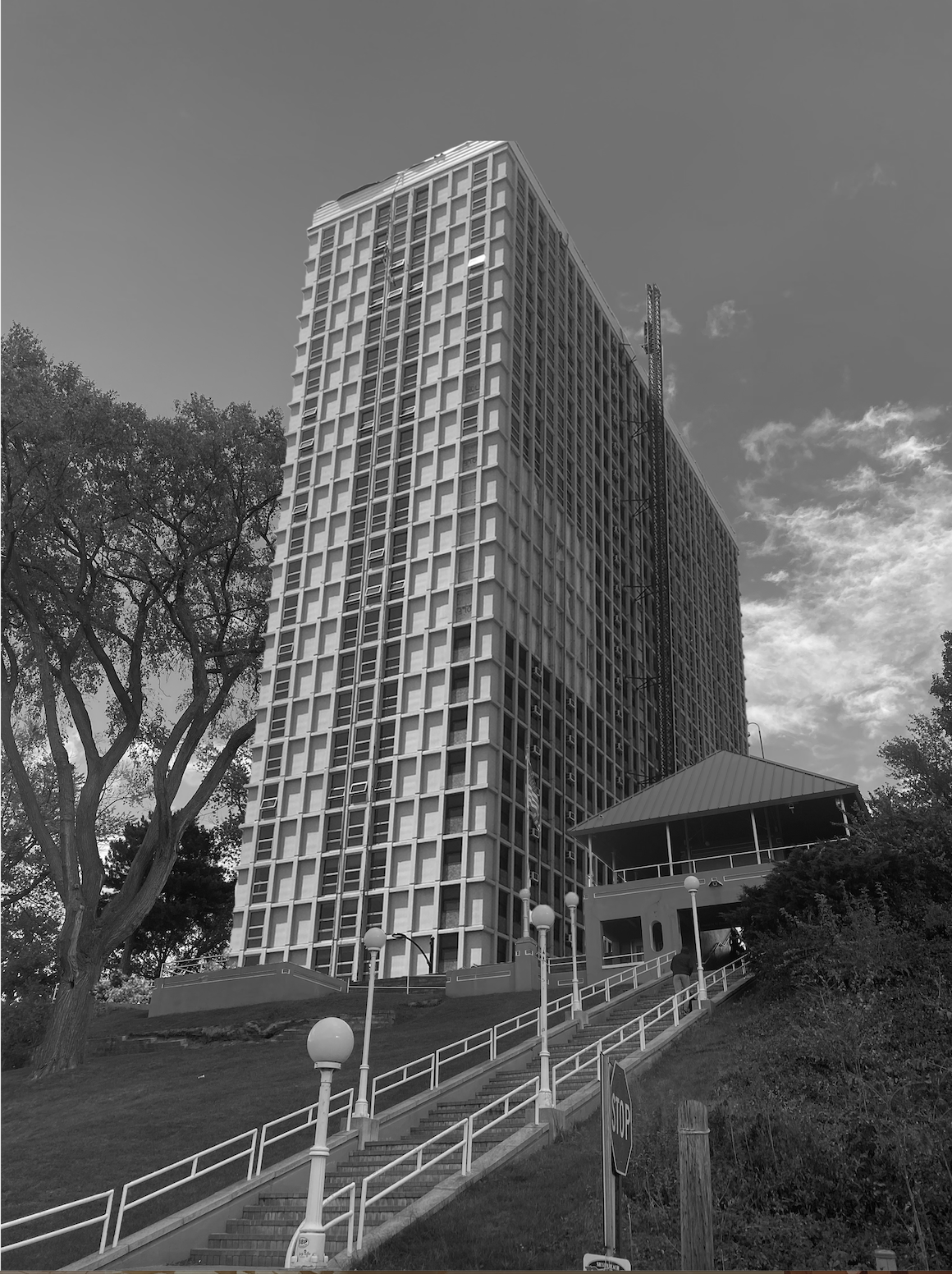From city to suburb
The new mass movement from urban areas to quiet towns.
An imagined future of Downtown Saint Joe as more Chicago residents inhabit smaller towns.
Housing is undeniably one of the most important parts of human culture. Location, price, square footage, and accessibility are all factors that lead up to a buyer decision. Where your house is is where your life is. People choose certain areas or cities based on climate, culture, family, and most importantly, pricing. Big cities like Seattle, San Francisco and Los Angeles are all drenched in a stigma of costly living. Large, urban, coastal areas outrank small towns and suburban living in terms of everything from rent to the grocery bill.
However, we are entering a new world. COVID-19 shattered our predisposed assumptions and securities about life. In a matter of months, nightlife in large cities vanished. Millions of businesses made the switch to remote working, where meetings are over Zoom instead of in a conference room. Sociable people became introverts overnight. Wearing a mask and staying a prescribed distance from any other human was not anywhere near normal behavior before March.
The looming threat of a highly contagious, possibly deadly virus, lingering right on the breath of your fellow train passenger is a thought that led many to shy away from city living and instead move to a less densely populated area. Backyards and home offices are now cherished private amenities that are deal-sealer when it comes to house buying.
“When people are in these dense urban environments, if you’re on the tenth, the twentieth, the thirtieth, or the fortieth floor of a building, in order to get to your condo you have to get in an elevator. How do you social distance in an elevator? You can’t,” says Mr. Kerry Wright, long-time local real estate agent. In the months after COVID-19, he noticed a large boom in the Southwest Michigan housing market.
“People from Chicago have always been drawn to our part of Michigan, but instead of being pulled here, now they are being pushed. Just looking at June, July, and August, there’s no question we are having record breaking numbers in just about every category.”
However, it isn’t homeowners that are making the big splashes in the pond when it comes to the urban environments—it’s the corporations. Big tech companies like Tesla, Google, Apple, and more are all choosing to move portions, or in some cases, all operations, out of coastal cities. The big reason for this movement are taxes and legal boundaries. With COVID-19 bringing all kinds of locally-fluid restrictions and regulations, as well as corporate taxes skyrocketing in big cities like San Francisco–where, as reported in Mercury News, they are planning to roll out the largest corporate tax hike in history–tech companies and their workers are beginning to dwindle. On top of that, the BLM protests and the sometimes destructive aftermath threaten infrastructure for capitalist giants in the area.
Where are they going? The answer is cities like Phoenix and Dallas. Basing operations in these lower restricted red states gives companies more of a security blanket as well as fewer taxes. This new birth of tech in Texas has been coined “The Silicone Desert” by several journalists.
What does all of this movement mean for people still living in these urban, coastal cities? Record breaking lows in cost of living. Recorded in August by the apartment rental platform, Zumper, rent prices in LA have dropped an astonishing 8.4% since last year. This same thing is happening in every single other urban coastal city on record. Does this mean we will eventually see a return to these environments? Only the future will tell.

